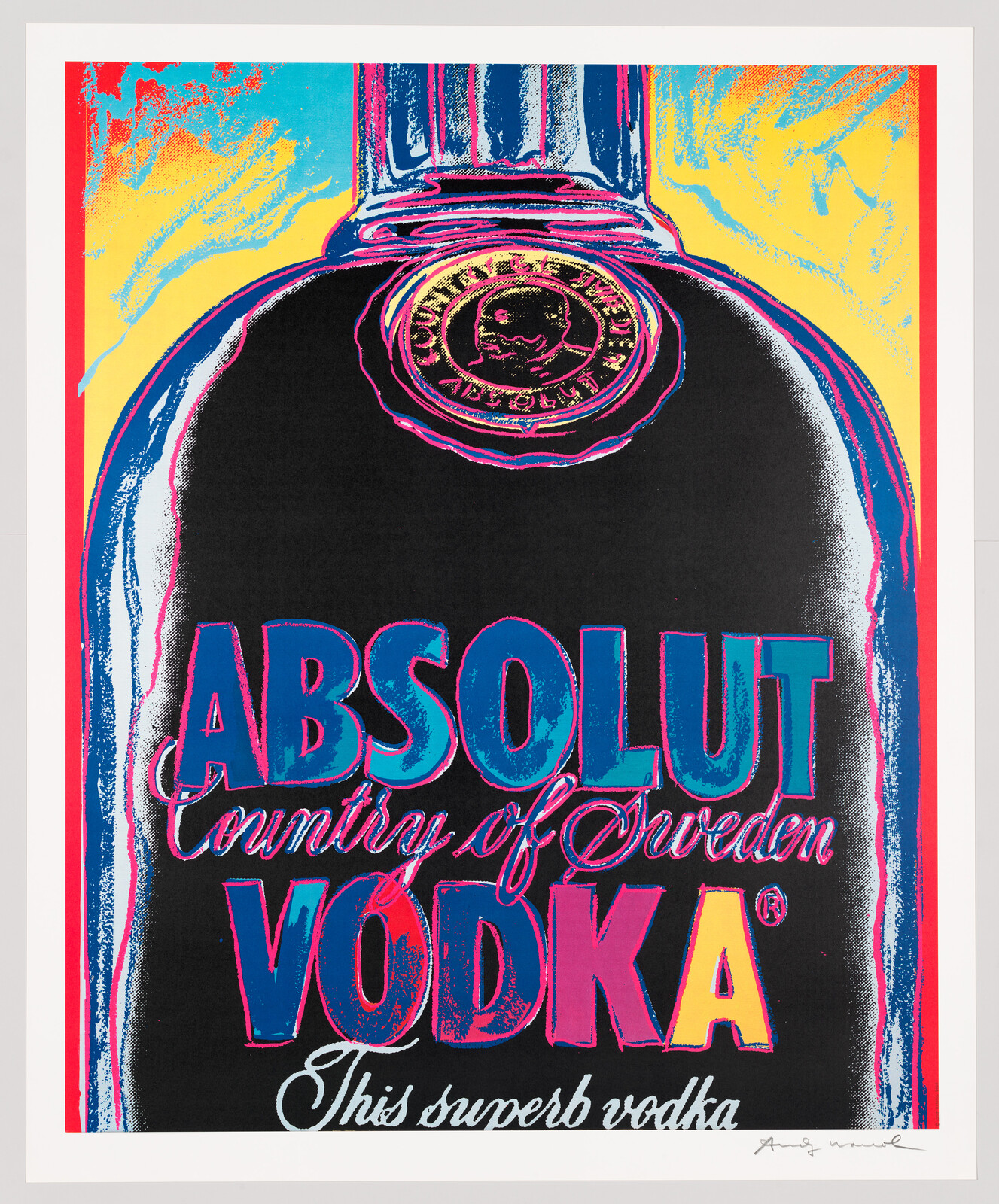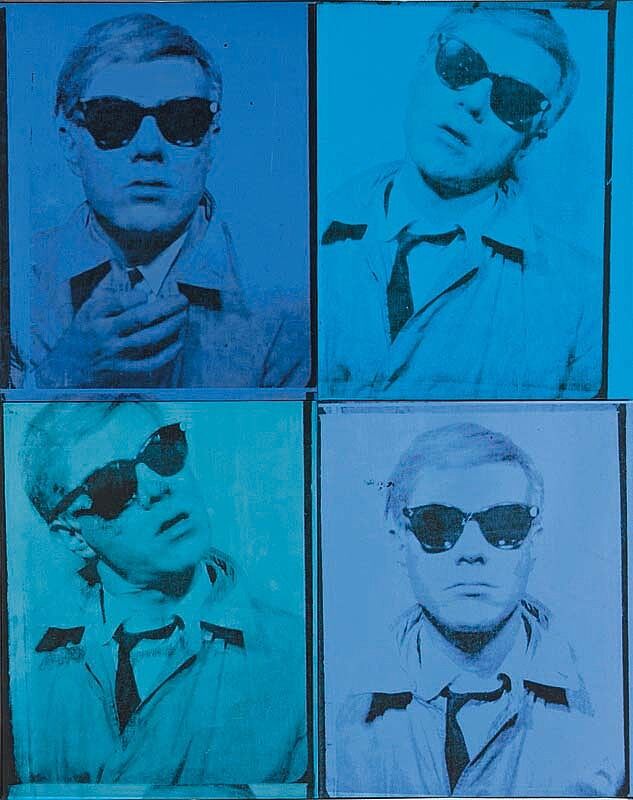Ladies and Gentlemen, 1975
Nov 5, 2018
0:00
Ladies and Gentlemen, 1975
0:00
Sasha Wortzel: My name is Sasha Wortzel, and I'm the Director of Access and Community Programs at the Whitney Museum. I'm also an artist, and together with Tourmaline, I'm the co-creator of a film and art project called Happy Birthday Marsha!, which is about the legendary, iconic Marsha "Pay It No Mind" Johnson and her role in the Stonewall riots of 1969.
Narrator: Warhol’s series Ladies and Gentlemen focused on crossdressers and trans women. Marsha P. Johnson is one of them—she’s the one wearing a blonde wig with a braid down one side.
Sasha Wortzel: Something I really love about this series is the way that the sitters really have this glamour, this beauty, that they are gifting to Warhol that really shines through in these images.
Someone like Marsha P. Johnson, in her daily life, faced a lot of violence. The police, repression, raids on gay bars, policing of sex work, poverty. And despite all that, she was somebody who had this really beautiful, generous spirit and smile, and just the ability to spread her joy in the world, even when the world was dark. And that really comes through in that portrait when I look at her.
Narrator: For contemporary audiences, the series can seem problematic. It constitutes a portrait of a community, but one that had very little say in the manner of their own representation. The sitters were not the intended audience, so were not really considered in the making of the work—in fact Johnson was later kicked out of a gallery that was showing one of Warhol’s portraits of her. Warhol was close with many trans women and cross dressers and often went to the same clubs as them. But he was more of an outsider than an insider in the trans community. Unlike Johnson and some of her contemporaries, he was by no means an activist. Yet in retrospect, the series is an important portrait of a moment in the struggle for queer and trans rights.


